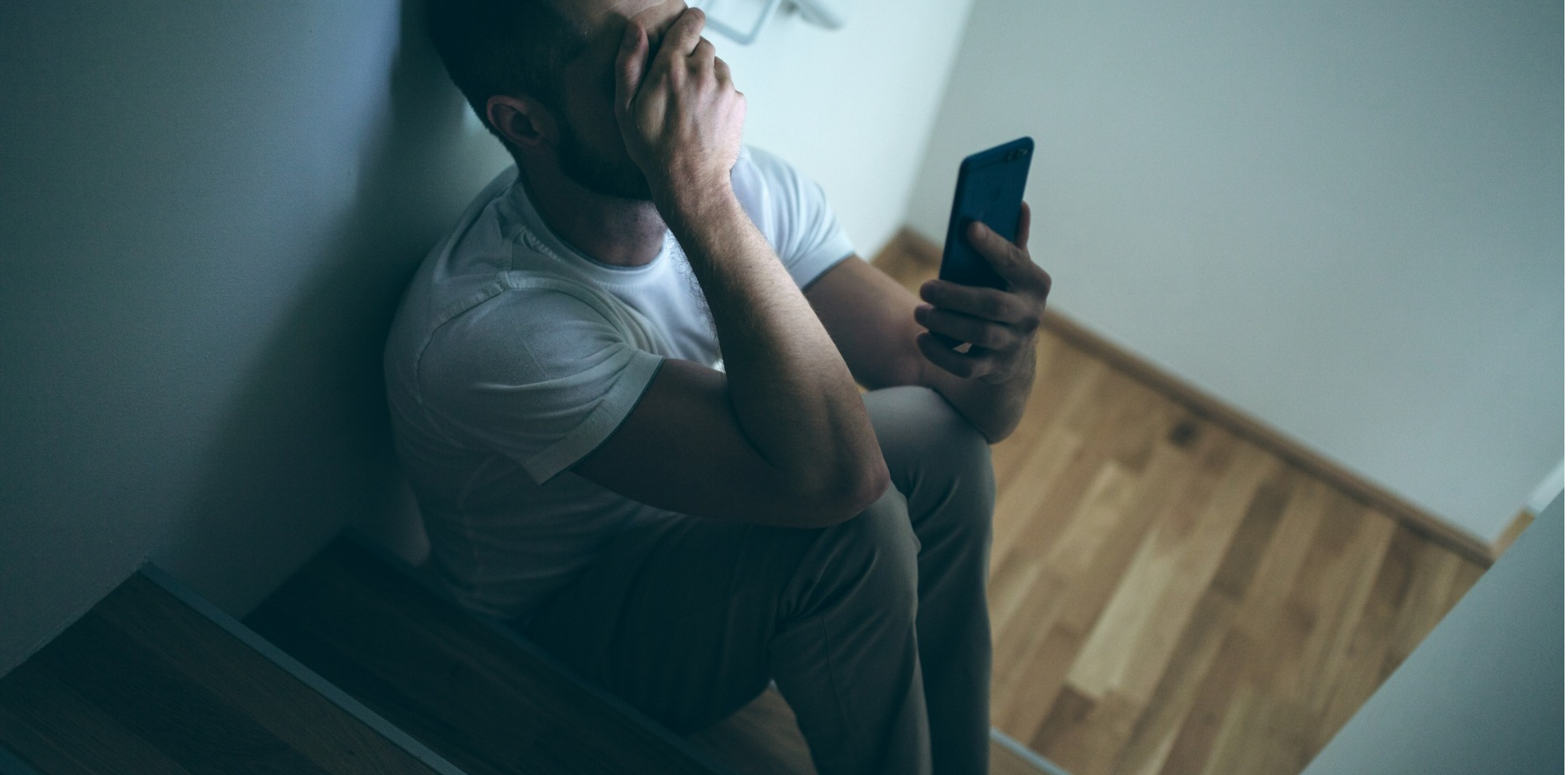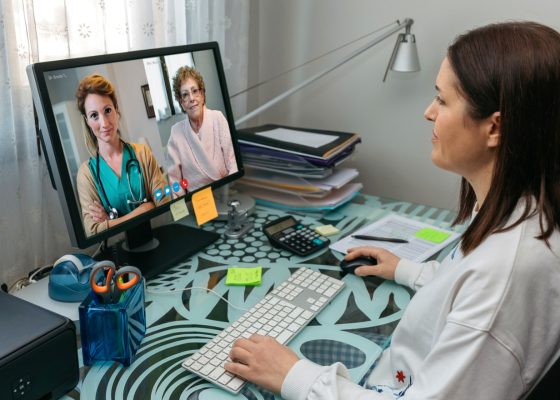The latest Healthdirect report reveals most people would prefer to tell a digital symptom checker about their mental health symptoms than a real person.
The team at Healthdirect had long suspected users were turning to their digital Symptom Checker when facing possible mental health symptoms.
But even they were surprised by the strength of this preference.
Their recently released Q3 Quarterly Report showed the latest data from the Clinical Decision Support System. The report revealed that 37,282 users of the online Symptom Checker and 12,566 callers to the Healthdirect helpline displayed symptoms suggestive of a broad range of mental health conditions.
It highlighted the digital Symptom Checker as the preferred channel for consumers with possible mental health conditions across almost every age group at a ratio of 3:1. This is significantly higher than a ratio of 2:1 for non-mental health conditions.
Healthdirect CEO Bettina McMahon told HSD that it wasn’t until they looked at the data that they realised how impactful it could be.
“It came as a bit of a surprise to actually quantify what we thought was happening, but we hadn’t seen any data points. And given this is national data, we think it’s significant,” she said.
Now that they know how popular digital services are, they’re using this to inform further Healthdirect services.
“In terms of our services when they’re using digital versus phone, we’ve started a data linkage with a couple of jurisdictions so that we can augment our data with the Lumos data in New South Wales, for example. So that can add the richness,” she said.
They’re also considering alternative ways the digital triage process may evolve to incorporate mental health assessment.
Implications for other organisations
Ms McMahon said they hope this data might help groups like primary health networks who commission services at a local level.
“They can look at what this means. What are we learning from Healthdirect and other data sets about consumer preferences for certain types of conditions at certain times of the day or year, for certain demographics? What are their preferences? And then the services can be commissioned and designed around that,” she said.
The report highlighted that a preference for digital might be because of a sense of anonymity, privacy, and being able to review and use multiple resources online.
Ms McMahon admitted that they’re still scratching the surface of what’s possible for virtual services.
“When I’ve spoken to health chief execs, they’re all curious as well and are saying what’s the right mix of virtual services and face-to-face and community care and acute care? There’s no template to say ‘this is the optimum mix’,” she said.
In the US, one area of virtual care that has been growing is the use of AI chatbots for healthcare, although it hasn’t been explored as much in Australia.
Related
“The community either hasn’t been calling for it or the health system hasn’t been providing it, or both. But looking at that North American market, I think this is an area for growth for us,” Ms McMahon highlighted.
“But it’s understanding, where would the community want that? … Is it triage and self-care and connection? Is it in regular checkups? Is it continuity of care, where someone might have a chronic disease and they want regular check-ins and a conversation with an AI agent or a chatbot?
“I think there is opportunity, but it’s understanding where that adds value for consumers and where it’s safe that is the big question,” she said.
Reducing visits to ED services
Healthdirect’s quarterly report also highlighted results from Queensland’s Virtual Emergency Care Service.
Since this care pathway went live in July 2024, the Queensland virtual hospital’s aim has been to divert non-emergency visitations to VECS, to reduce pressure on EDs.
The report showed that year-on-year, a “go-to ED” result has fallen from 22.7% to 14.7%.
Not only are there cost savings from virtual EDs but also the consumer feedback is positive, particularly in paediatrics.
“(For) parents being able to care for a child who’s under a hospital type oversight arrangement while they’ve got other kids at home and other pressures in their life, is a really positive consumer experience for them,” Ms McMahon said.
The report also highlighted there were reduced ED presentations thanks to one of their pilot programs, the Residential Aged Care Home Pilot.
The federal Department of Health, Disability and Ageing engaged Healthdirect to provide rostered nurses caring for residents at selected residential aged care homes with a fast-track pathway for accessing telehealth GPs after hours.
The pilot was in partnership with three PHNs (Western NSW, Healthy North Coast NSW and Country to Coast PHN in Queensland) and one jurisdiction (South Australia).
The goal was to reduce avoidable ambulance callouts and attendance at emergency departments caused by lack of access.
During the pilot, 162 cases were referred to Healthdirect, which reduced transfer to ED in 85% of cases.
“I think there’s so many people thinking about how we help in aged care. Finding a way that we can better coordinate is a big challenge for all of us, and that’s where I see so much potential,” Ms McMahon said.
Even through it’s quite small scale, Ms McMahon was excited that these findings might impact the number of older people who end up in hospital. In some cases, it can be hard for them to get out.
“Whether it’s our work, whether it’s 13 SICK who does deputising, whether it’s Visionflex who has telehealth – I feel like all the pieces of the puzzle are there but it’s just trying to bring it together in value for a consumer that has been hard to achieve,” she said.




